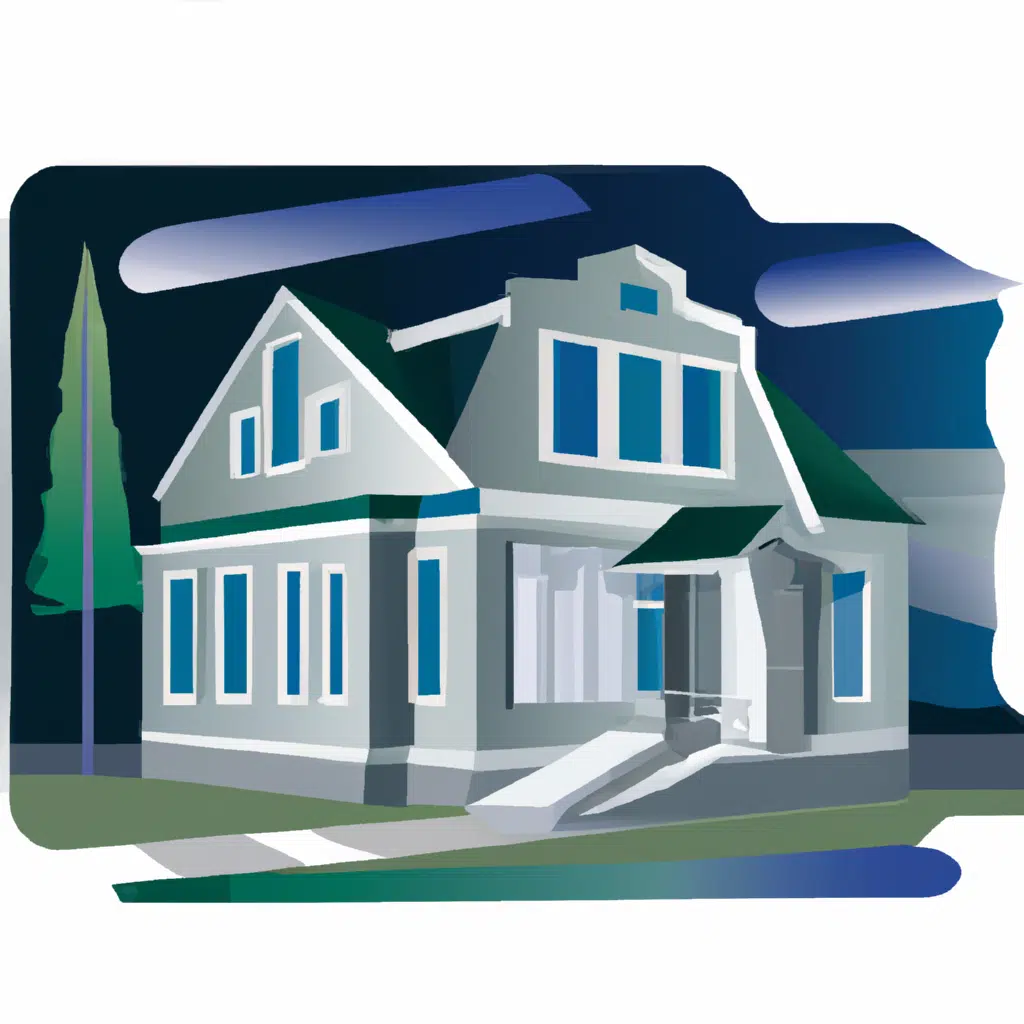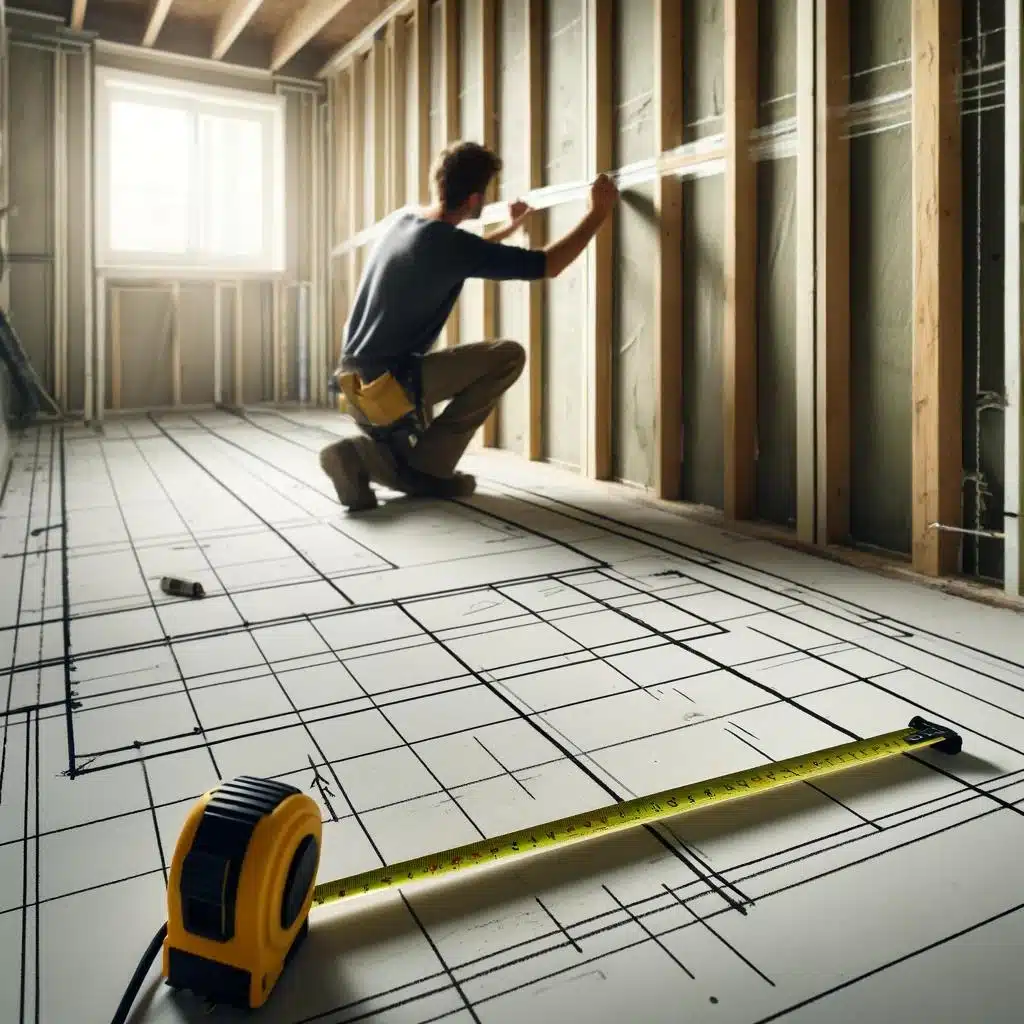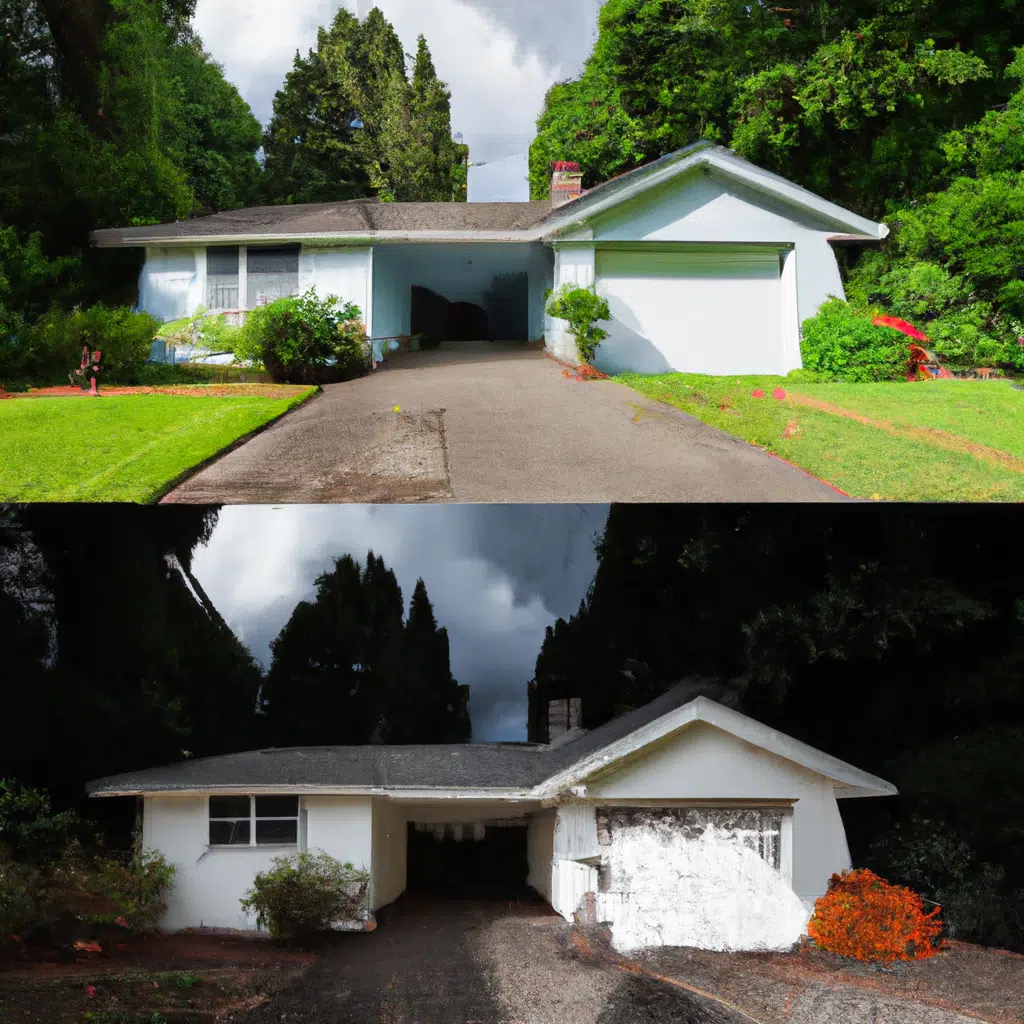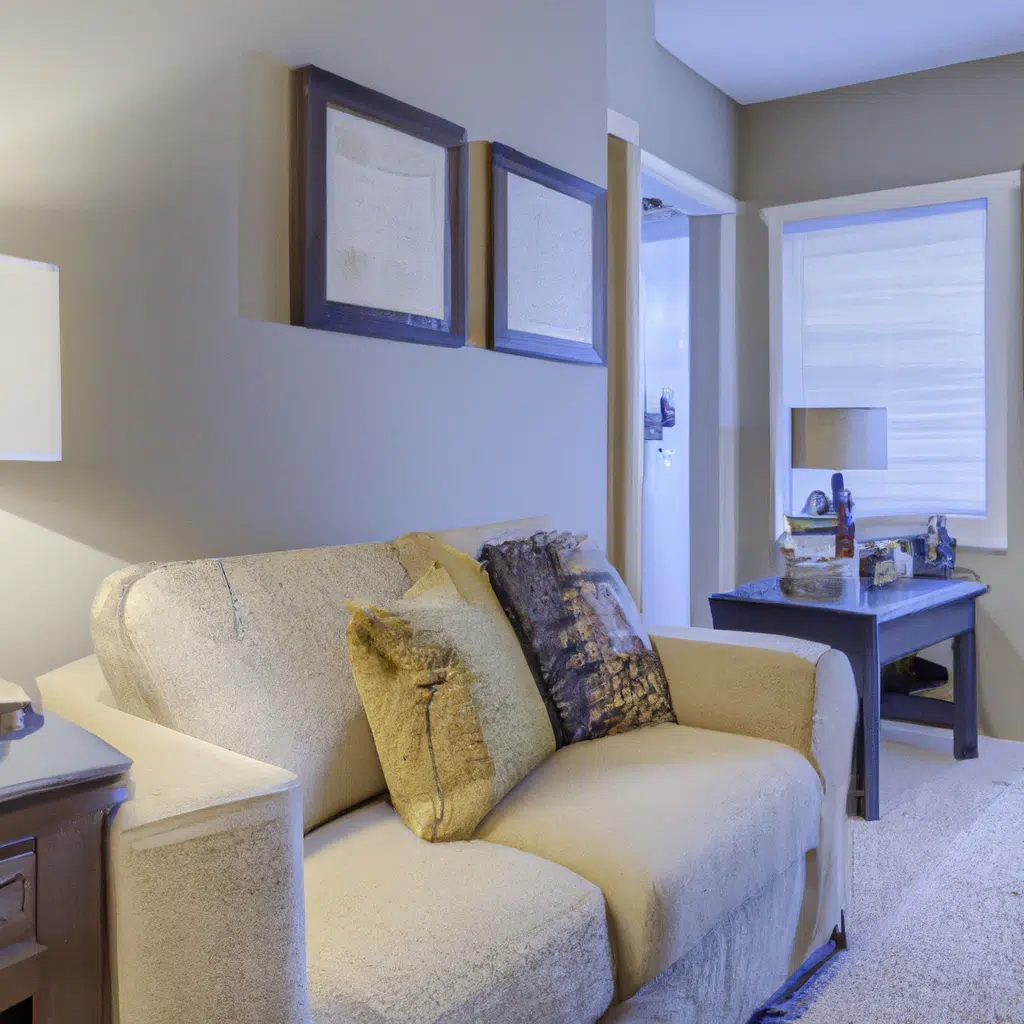
Building a home that can withstand natural disasters is crucial, especially in areas prone to hurricanes, earthquakes, floods, and wildfires. It can be a daunting task to ensure that your home is durable and safe, but it is doable with the right knowledge and preparation.
Understanding the Risks
Before building a home that can withstand natural disasters, it’s essential to understand the risks that your home may face. Research the history of natural disasters in your area and the possible threats that your home may face. For instance, if you live in an area prone to hurricanes, you should ensure that your home can withstand strong winds and heavy rain.
Location and Foundation
The location and foundation of your home play a crucial role in its durability. When choosing a location, consider the natural features of the land and the possible risks. For instance, if you live in a flood-prone area, it’s best to build your home on higher ground.
The foundation of your home should be strong enough to withstand the force of natural disasters. Consider using reinforced concrete or steel to make your foundation more durable. Additionally, ensure that your foundation is anchored correctly to the ground to prevent it from shifting during natural disasters.
Roofing
The roof of your home is one of the most vulnerable areas during natural disasters. If your roof fails, it can lead to extensive damage to your home’s interior. Consider installing a reinforced roof and using roofing materials that can withstand strong winds, heavy rains, and hailstones.
Additionally, ensure that your roof is well-maintained and free of debris, which can cause damage during natural disasters.
Windows and Doors
Windows and doors are other vulnerable areas during natural disasters. Consider installing impact-resistant windows and doors that can withstand high winds and flying debris. Additionally, ensure that your windows and doors are well-sealed to prevent water from entering your home during floods.
Building Materials
The type of building materials you use can also affect your home’s durability during natural disasters. Consider using materials that are resistant to fire, wind, and water damage. For instance, metal framing and concrete walls are more durable than wood framing and drywall.
Landscaping
Proper landscaping can help mitigate the effects of natural disasters on your home. For instance, planting trees and shrubs can help prevent soil erosion, which can lead to landslides and mudslides. Additionally, ensure that your landscaping doesn’t obstruct drainage systems, which can cause flooding.
Conclusion
Building a home that can withstand natural disasters requires careful planning and preparation. Consider the possible risks in your area and take the necessary steps to ensure that your home is durable and safe. By using the right building materials, reinforcing your foundation, and installing impact-resistant windows and doors, you can increase your home’s chances of surviving natural disasters. Remember to maintain your home regularly and to have a disaster preparedness plan in place to keep your family safe.



